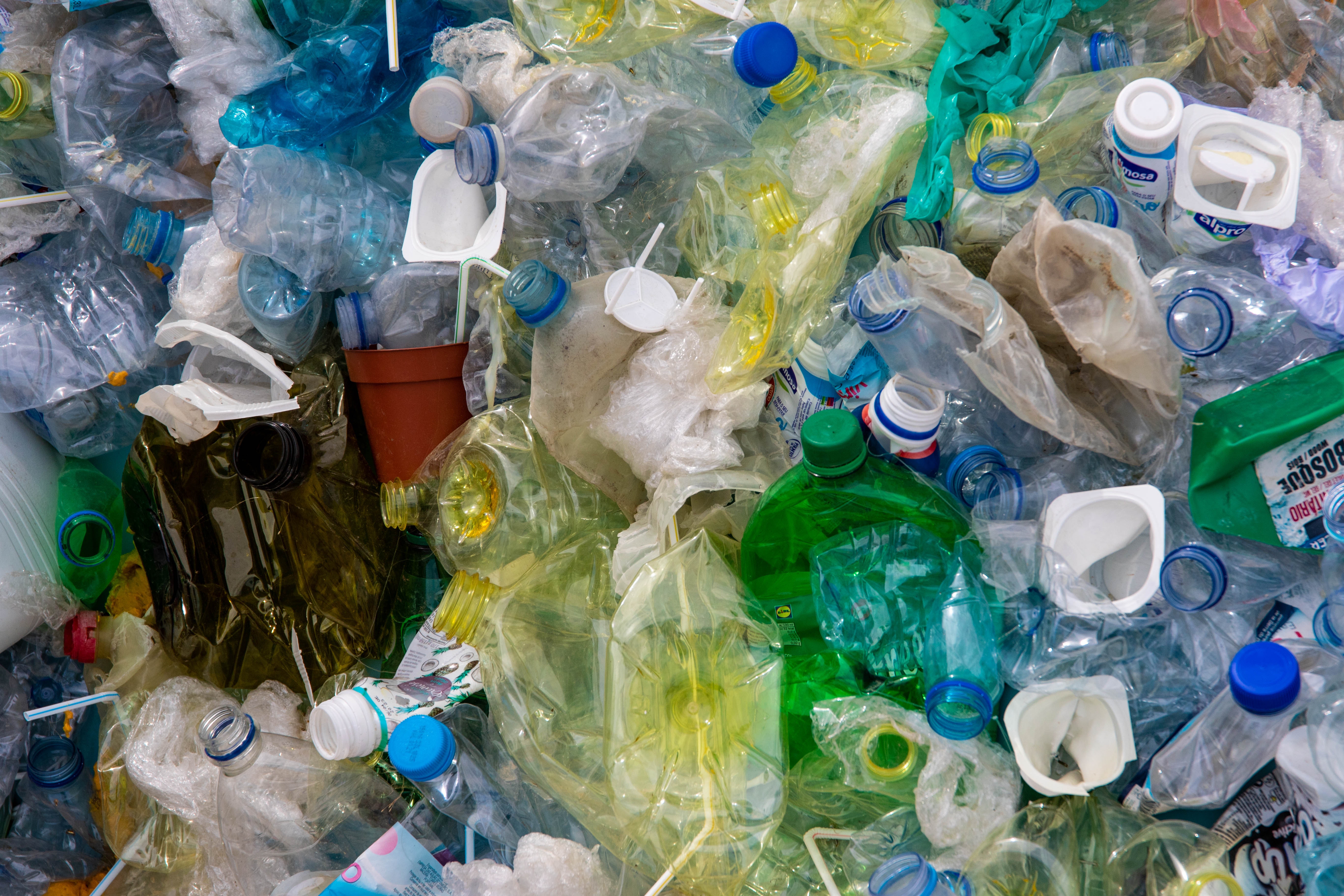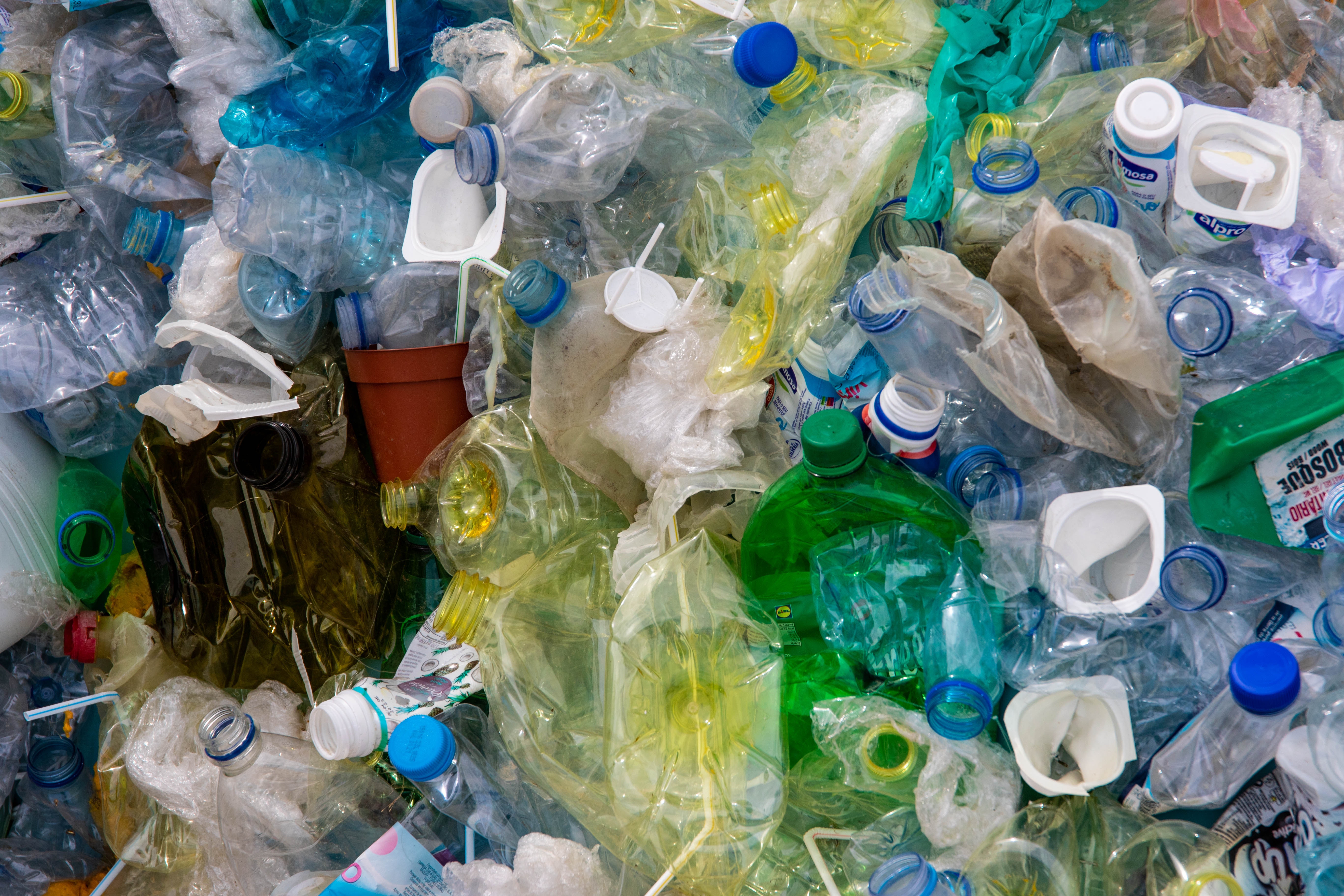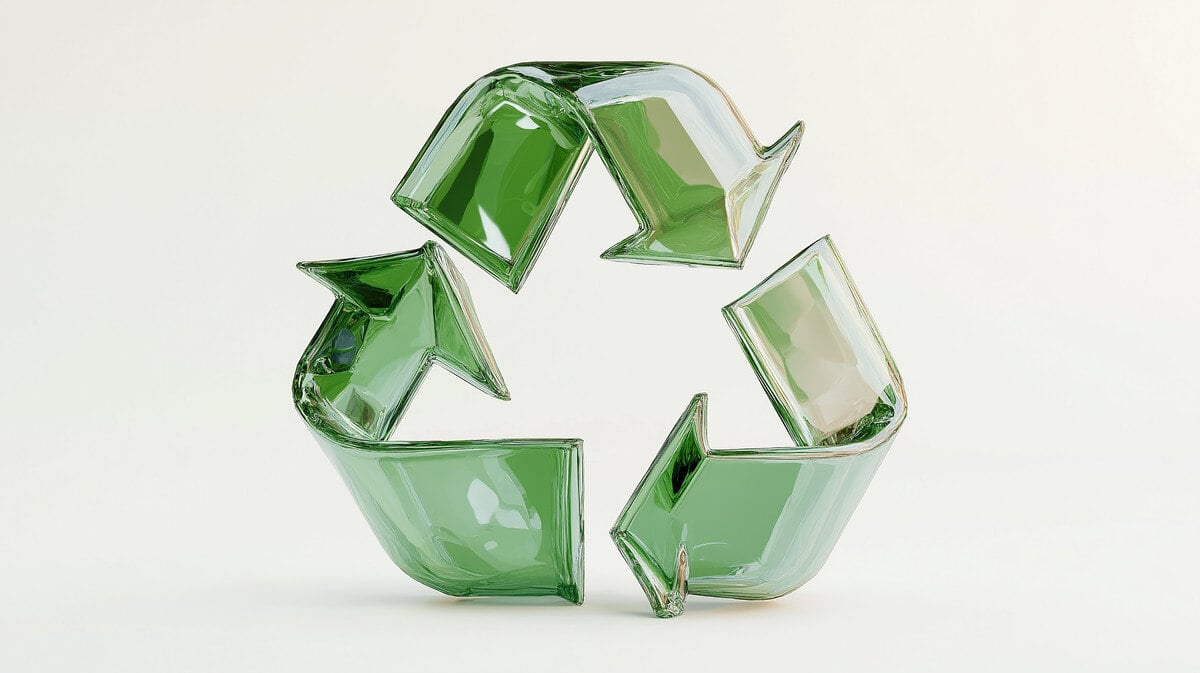
Plastics. What comes to mind when you hear that word? Unfortunately for many people, it’s some version of this image. We’ve been haunted by pictures of overflowing landfills and polluted natural environments filled with containers, packaging, and inexpensive consumer goods that by design have an extremely short lifetime.
In most cases that lifetime is single-use, after which they are discarded. But the public perception of environmental waste doesn’t reflect the reality of all plastics. When we talk about environmental impact, not all plastics are created equal.
Thermoplastic vs. Thermoset Materials
While some types of plastic are undoubtedly part of the problem, others are actually part of the solution.
The vast majority of plastic waste is thermoplastic. Materials like polyethylene terephthalate (PET), polyethylene, and polyamide (or nylon) are the most common materials used to make single-use items like packaging materials and beverage bottles. These materials are lightweight, inexpensive, melt-processable, reprocessable, and easy to mold into a wide range of shapes. But this versatility is a double-edged sword. Because items like blow-molded thermoplastic beverage bottles are so inexpensive and easy to replace, they enter the waste stream after a single use.
While some thermoplastics are recyclable, we now know that only a small portion enter the recycling stream. Beginning in the 1980s, municipal recycling programs seemed to offer a way to simultaneously reduce the environmental impact of single-use thermoplastics and reduce the amount of landfill waste. However, even the best municipal recycling programs have only a minimal impact on curtailing plastic waste. On average, only 9% of plastics collected through such programs actually wind up being recycled. The rest ends up in landfills and incinerators. And the recycling process itself is expensive, resource-intensive, and typically results in materials with inferior physical properties relative to their un-recycled counterparts.
Standing in contrast to thermoplastics are thermosets. Thermosetting plastics like unsaturated polyester, vinyl ester, and epoxy resins retain their strength and shape when heated. They also possess excellent strength, often comparable to less versatile materials like metal or concrete, and can be processed into a wide variety of shapes and sizes.
Unlike thermoplastics, most items made from thermosets are not intended for a single-use. Their high degree of chemical and weathering resistance, temperature resistance, and mechanical properties make them ideal for long-term use in a wide range of applications and environments.
Thermoplastic vs. Thermoset: Environmental Impact
A recent study ranked the potential environmental hazard associated with waste plastics. The number one contributor to global waste was polyethylene (PE), contributing 97 million tons of waste per year, with polypropylene (PP) in second place at 55 million tons and PET in third place at 32 million tons. PE, PP, and PET represent thermoplastics making up the vast majority of single-use consumer goods.
Of the 36 materials most commonly making their way into the global waste stream, only 4 are thermosets. The combined total of all thermosets entering the global waste stream was 8.05 million tons. Compare that with 184 million tons of PE, PP, and PET thermoplastic waste generated each year. These numbers show that because they are ideal for long-term use, thermoset plastics enter the global waste stream at a far lower rate than thermoplastics.
Thermoplastic vs. Thermoset: Formation of Microplastics
There’s also the question of what happens when these materials do make their way into the environment. Due to the sheer volume of plastic waste, there is substantial leakage of plastics from the global waste stream into the environment. Perhaps the most familiar example of this is the Great Pacific Garbage Patch, a swirling vortex of marine debris in the North Pacific. The patch is made up primarily of tiny bits of plastic called microplastics.
The decomposition of plastic waste into microplastics in marine environments is directly dependent on density. The top two thermoplastic waste materials - PE and PP - are less dense than water. When waste plastics have a density less than that of water (around 1.0 g/cm3), they float to the surface where they are subject to biodegradation, UV degradation, and mechanical wear due to waves, currents, etc. This creates microplastic particles that wind up as floating marine debris that eventually aggregates into formations like the Great Pacific Garbage Patch.
Unlike PE and PP, most thermoset materials are denser than water. For example, unsaturated polyester typically has a density of around 1.12 g/cm3. Thermoset materials are also often combined with fillers and other reinforcing materials like glass and carbon fibers. The presence of these reinforcing materials in products like fiber-reinforced plastics (FRPs) further increases their density and makes them less prone to degradation.
When thermoset products do enter the environment, their higher density causes them to sink, leading to a much lower potential for human exposure. These denser materials settle on the seabed, where their surfaces are colonized by bacteria and algae. The coating of bacteria and algae shields their surfaces from UV degradation and mechanical wearing, leading to a dramatic reduction in degradation. This means that thermoset materials are far less likely to be transformed into plastic microparticles, and even when degradation does occur, their higher density causes them to settle to the seabed.
Thermosets: The Greener Alternative
As we’ve already learned, a far smaller proportion of the global waste stream is generated from thermosets compared to thermoplastics. We also know that when thermosets do make their way into the environment, their impact is much lower than less dense thermoplastics like PE and PP. But what else can thermosets do to minimize our impact on the environment?
We’ve all heard the 3 R’s: Reduce, Reuse, Recycle. While thermoplastics can be recycled, we now know that only a small portion of these materials (around 9%) actually make their way into the recycling stream. We also know that because most thermoplastic products are intended for a single-use, they aren’t often reused. Because they are single-use items, they don’t reduce the amount of waste generated and in fact have the opposite effect, encouraging increased production of disposable goods. So thermoplastics get a failing grade on all three Rs.
Thermosets are not typically viewed as recyclable materials, although that’s rapidly changing. Thermosets like unsaturated polyester can be chemically recycled - converted back into raw materials or monomers - and used to manufacture new products.
Because of their outstanding physical properties and durability, thermoset and FRP products are designed for repeated reuse over an extended lifetime. Even when used in incredibly harsh applications like hydrochloric acid storage tanks, FRPs have in-service lifetimes in excess of 20 years. This has the combined effect of encouraging repeated reuse and reducing the quantity of waste thermoset material entering the waste stream.
Even disposed thermoset products can be reused or repurposed. Fiberglass from thermoset FRP can be removed and converted into filler materials used in composites. FRP itself can be crushed or granulated and used as filler in applications such as building materials. Thermosets also help to extend the lifetime of aging buildings and infrastructure by retrofitting with FRP to enhance structural stability (internal link: ).
Conclusion
Thermosets clearly receive a passing grade on at least two R’s - reduce and reuse - and efforts are currently underway to improve the recyclability of FRPs and other thermoset materials. It’s also apparent that the environmental impact of thermoset materials like fiber-reinforced plastics is significantly less than that of thermoplastics. There’s a lot we can do to reduce the amount of plastic waste we generate and to reduce the environmental impact of waste that we do generate. Favoring more durable, multi-use materials like thermoset plastics over single-use thermoplastics can go a long way toward achieving those goals.
If you’re considering reinforced thermoset materials like FRP for your next project, reach out to our team. We would love to help you learn more about how Tencom’s line of products can help.














